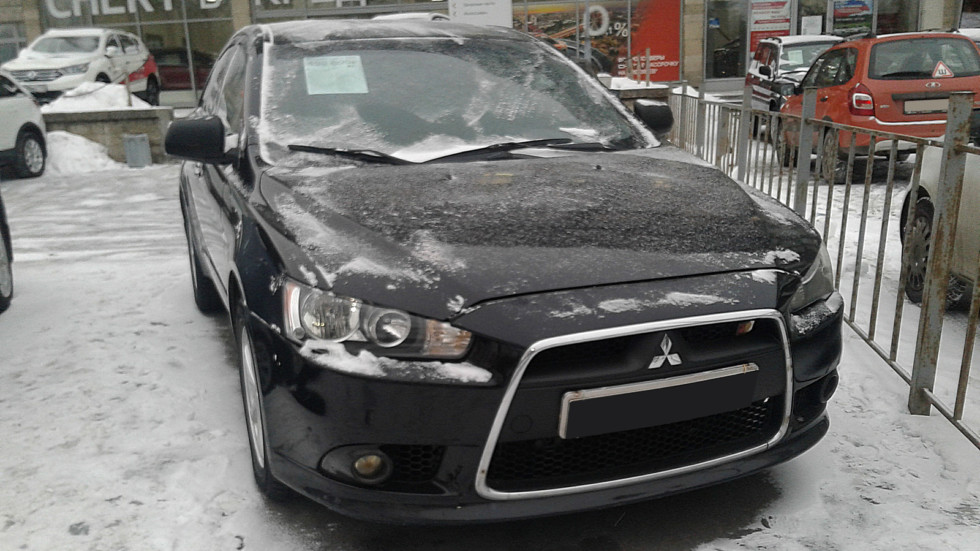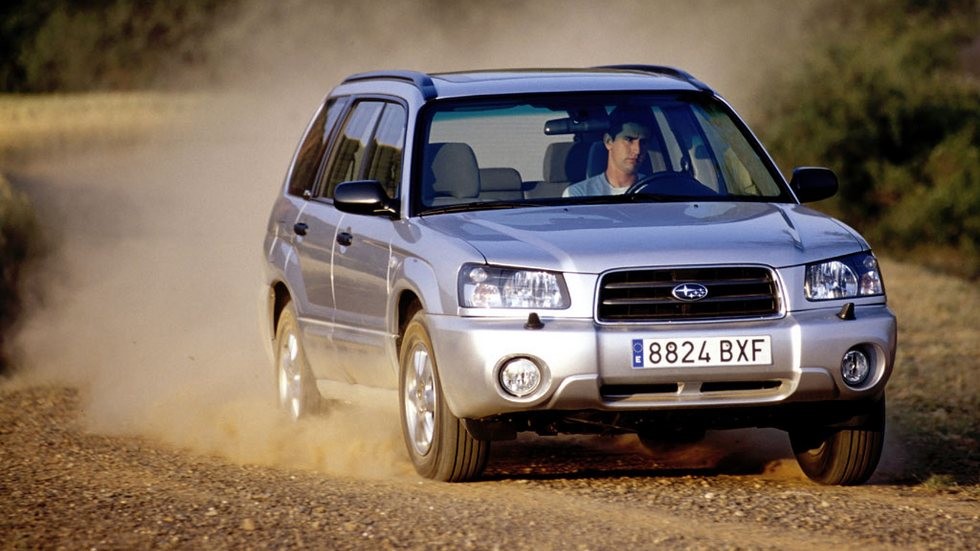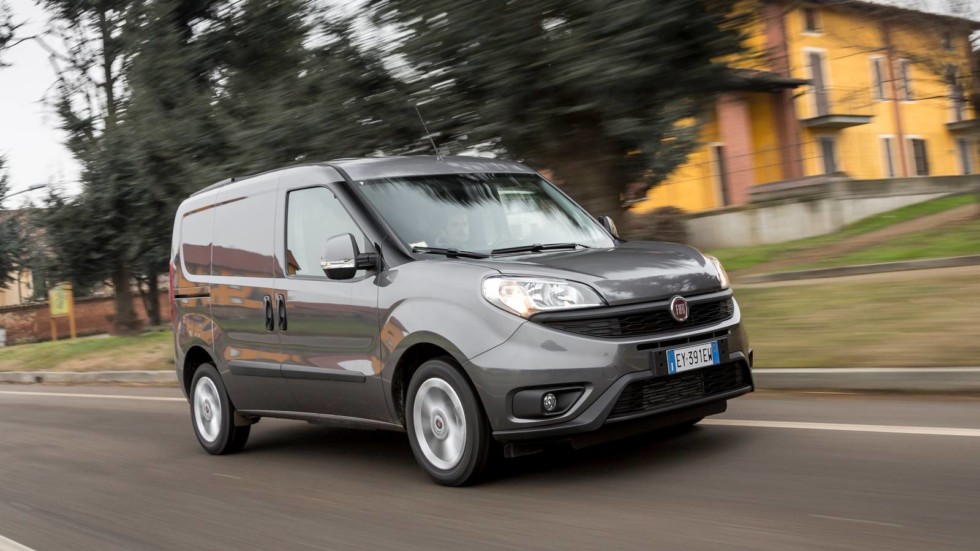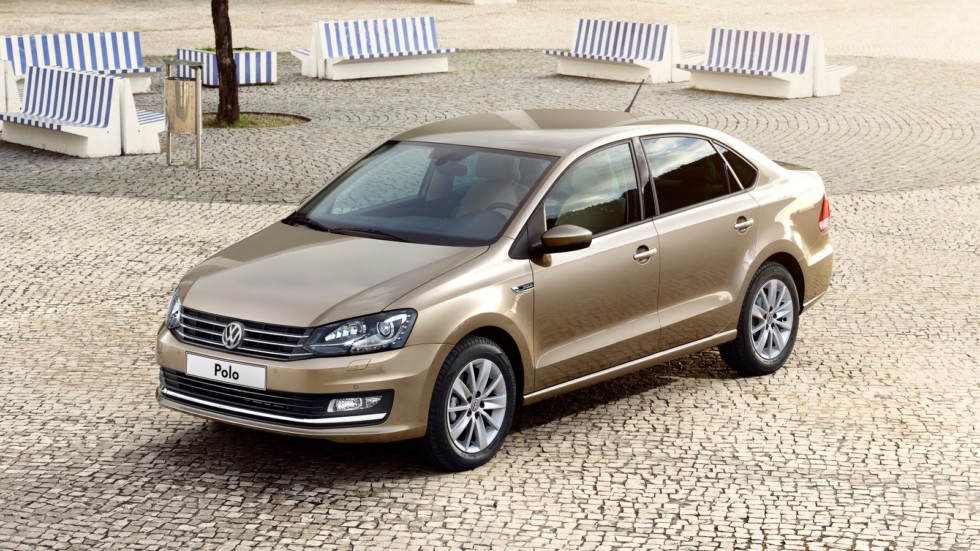Five reasons to love and hate the Volvo XC70 I
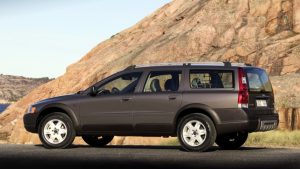 This car was born at the turn of the millennium and was produced until 2008. This means that the youngest Volvo XC70 with the P2 index is ten years old. Considerable age by automotive standards, and this model has never been mass. And yet, in the stream, no, no, and the first generation Swedish off-road shed flashes.It is believed that the history of all-terrain wagons as a separate class of cars began in 1995, with the successful debut of Subaru Legacy Outback. Let’s leave the debate about whether this is right or wrong to historians. Anyway, the 1984 AMC Eagle 4 × 4 Wagon, and even more the Moskvich-411, were somewhat ahead of time, but in the 90s it became clear that the time of crossovers was coming, and all-terrain all-rounders are the easiest, fastest and the least expensive way to make a crossover from a purely road car.
This car was born at the turn of the millennium and was produced until 2008. This means that the youngest Volvo XC70 with the P2 index is ten years old. Considerable age by automotive standards, and this model has never been mass. And yet, in the stream, no, no, and the first generation Swedish off-road shed flashes.It is believed that the history of all-terrain wagons as a separate class of cars began in 1995, with the successful debut of Subaru Legacy Outback. Let’s leave the debate about whether this is right or wrong to historians. Anyway, the 1984 AMC Eagle 4 × 4 Wagon, and even more the Moskvich-411, were somewhat ahead of time, but in the 90s it became clear that the time of crossovers was coming, and all-terrain all-rounders are the easiest, fastest and the least expensive way to make a crossover from a purely road car.
Quickly enough, the class had its own audience. And this is not surprising: the majority of crossovers offer a combination of the exterior of an SUV with road habits of a car, and a UCP connects the exterior of a car with the ability to move out of the asphalt. Agree, this is not exactly the same thing, and it may be closer to someone the second option. Anyway, the Volvo brand turned out to be the first of the world brands to follow the road laid by Subaru, and already in 1996 the V70 XC station wagon (Cross Country), built on the base of the Volvo 850, appeared.
Soon it is time to change generations. It was marked by the appearance of a whole family of models on the newest P2 platform, developed shortly before Volvo was taken over by Ford. Among them was the station wagon V70, and in its gamut – off-road version, originally called as the first-generation car, V70 XC.
In an exclusive interview with Kolesa.ru columnist, Geely’s vice president for design explains why the Chinese cars of the early years were so raw, as the design department of the holding is now working, which will …
The main designer of the novelty was Peter Horbury. Subsequently, he wrote that from the point of view of design it was a very difficult task: to combine the front of the sports sedan with the back of the classic van. “Imagine that you need to marry a Jaguar E-Type and a Ford Transit van, resulting in something harmonious!” But Horbury did it all. The V70 XC looked very dynamic and aggressive from the front (first of all, thanks to the deeply cut wheel arches, which reached almost to the upper edge of the wing), and from behind – in Swedish thoroughly. It was on this model that taillights first appeared in the form of “piano covers”.
At first, the V70 XC inherited engines from the previous generation: transversely located five-cylinder petrol turbo engines of 2.4 liters and a power of 200 hp. and a five-cylinder turbodiesel of the same volume and 163 hp. In 2002, they were replaced by 2.5-liter engines – petrol (also equipped with a low-pressure turbine) with a capacity of 210 hp and a turbo diesel with a capacity of 185 hp.
All the “crosses” were equipped with an all-wheel drive system with an automatically connected rear axle based on the Haldex coupling, with an automatic or manual transmission in the transmission.
In the same 2002, after the appearance of the large Volvo XC90 crossover, the car received its own XC70 index and began to position itself as a separate model from the V70. In 2005, the car underwent a slight restyling, and in 2008 it was replaced by a cross-country wagon of the next generation.
Despite its age, the car is still actively used and is in certain demand in the secondary market. But the all-terrain wagon is a rather specific class, so the owners have something to praise, and there is something to scold them about.
When you read reviews of XC70 owners on the Internet, you immediately notice that in many of them there are frank notes of disappointment. Simply, many at first believed that they had purchased a real SUV, albeit with a car body, and, in fact, 210 mm of ground clearance, in theory, should inspire confidence in the ability to overcome any off-road conditions. And this is far from the case … Here are some that complain that, in terms of their effectiveness, this all-wheel drive scheme at best corresponds to a couple of people pushing the car behind.
Indeed, the big overhangs and the work of an automatic all-wheel drive transmission that is not quite suitable for overcoming the mud put an end to all plans to overcome the abyss.
